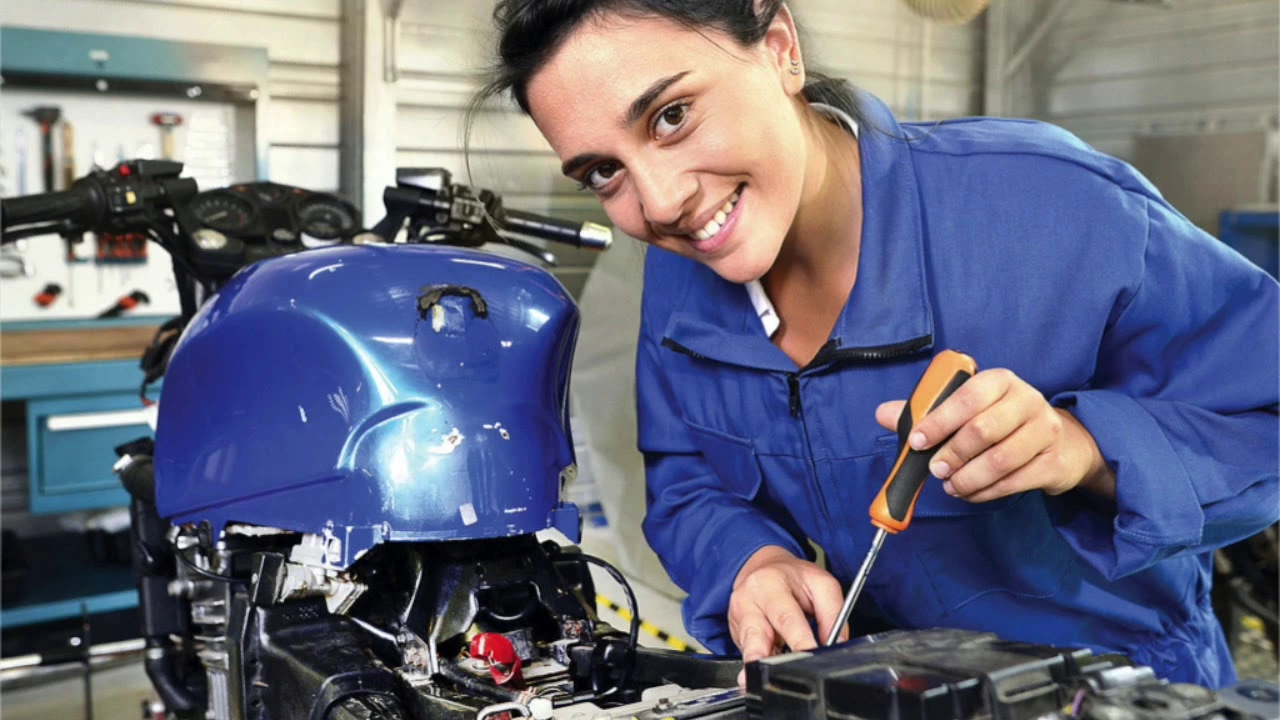Career Guidance & Advice for Motorsports
Thinking about a job in racing? You’re not alone. Thousands of engineers, designers, and pit‑crew enthusiasts want a seat at the track. The good news is that a clear plan makes the difference between dreaming and actually getting hired.
How to Break Into an F1 Engineering Role
First, focus on the core skills F1 teams look for. Mechanical design, CFD (computational fluid dynamics), and data analysis are non‑negotiable. If you’re studying in India or anywhere else, aim for a degree that offers a strong motorsport module – many universities partner with teams for real‑world projects.
Second, grab an internship. Even a short stint with a local race car builder or a supplier like Magneti Marelli gives you hands‑on experience and a name on your résumé. Don’t wait for a perfect opening; any exposure to high‑performance engineering counts.
Third, build a portfolio. Sketch out a concept car, run a CFD simulation, or design a suspension component and document the process. Upload your work to a personal website or a platform like GitHub. Recruiters love to see tangible proof of what you can do.
Finally, network strategically. Attend motorsport expos, join LinkedIn groups, and follow F1 teams on social media. When you comment thoughtfully on a team’s recent technical update, you might catch the eye of a hiring manager.
Building a Strong Motorsport Resume
Start with a headline that says exactly what you offer: “Mechanical Engineer – Aerodynamics & Powertrain Specialist.” Below that, list achievements, not duties. Instead of “worked on engine design,” write “optimized turbocharger layout, improving power output by 5% in simulation tests.” Numbers speak louder than words.
Include any relevant software: CATIA, SolidWorks, ANSYS, MATLAB, and of course, the data‑analysis tools you’ve used. If you’ve taken online courses from reputable sources like Coursera or edX, add them – they show you’re keeping up with the latest tech.
Don’t forget soft skills. Motorsports is a high‑pressure environment; teams need people who can communicate clearly and stay cool when the stopwatch is ticking. A brief line such as “excel at rapid problem‑solving under tight deadlines” can make a big impact.
Finally, tailor each application. Look at the job description, pick out the exact keywords they use, and mirror those in your résumé and cover letter. A match in language signals that you understand the role.
Ready to start? Pick one action today: sign up for a CFD workshop, update your LinkedIn headline, or reach out to a professor for a research project. Small steps add up, and before you know it, you’ll be moving from the classroom to the pit lane.

How can a mechanical engineer from India work in F1?
As a mechanical engineer from India, working in F1 can be a thrilling prospect. The path involves gaining solid experience in mechanical engineering, preferably in the automobile industry, and then specializing in areas relevant to F1 like aerodynamics or engine systems. It is also beneficial to earn a master's degree from universities renowned for motorsport engineering. Internships at F1 teams or related companies can provide valuable exposure and networking opportunities. Lastly, a passion for motorsport and a relentless drive for innovation are crucial to thrive in this competitive field.